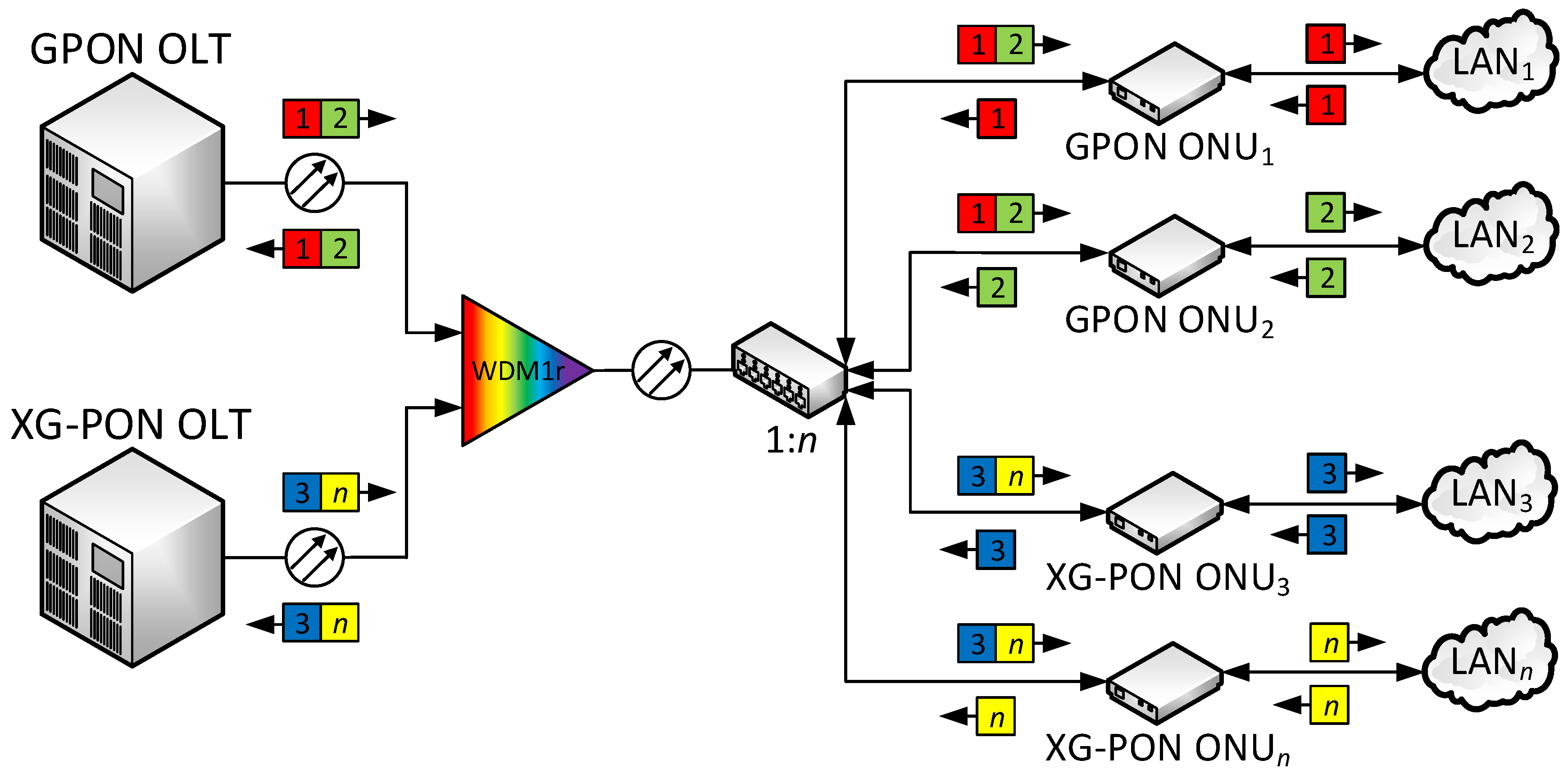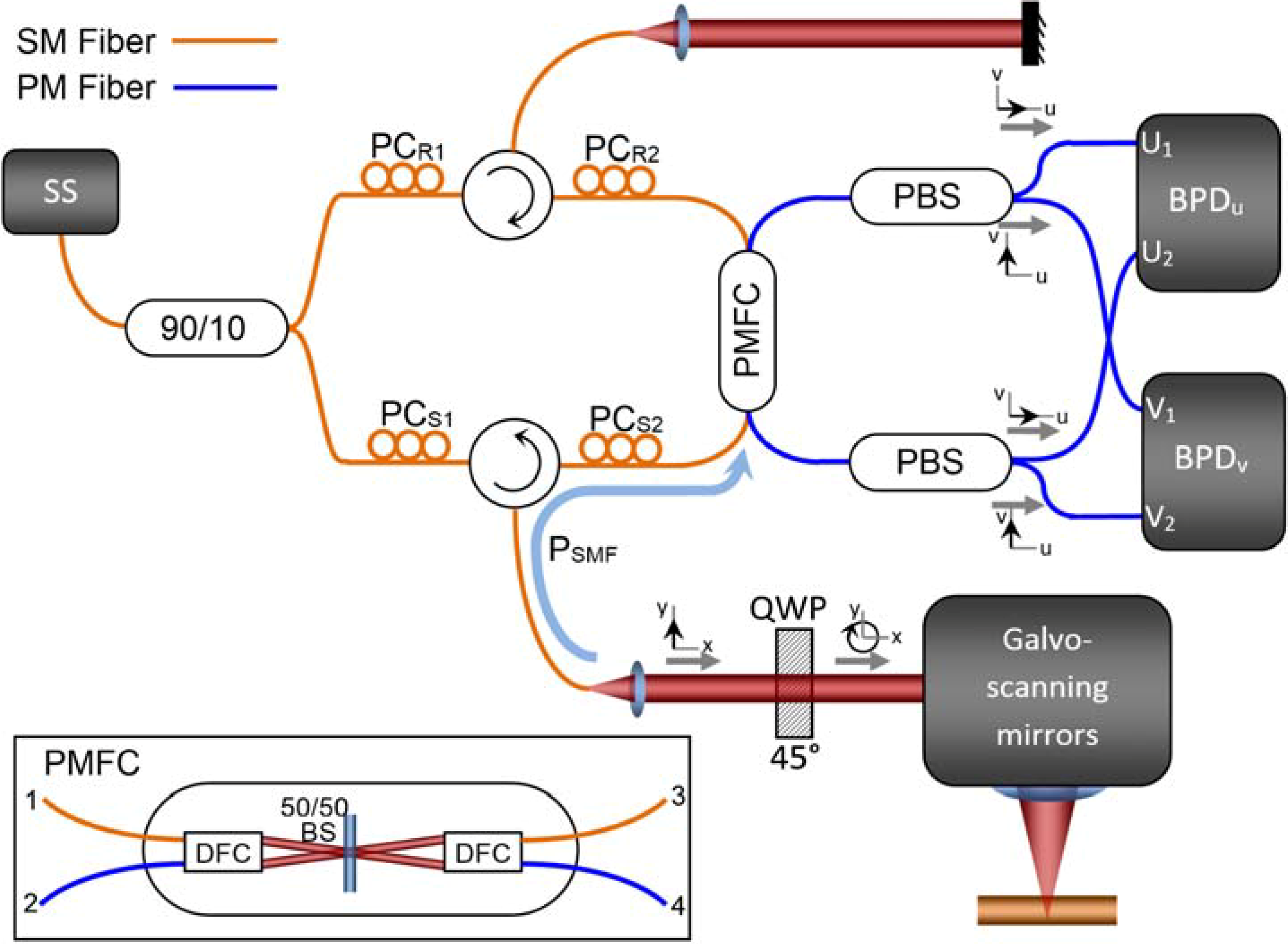Contents

Source: MDPI
Understanding Polarization in Fiber Optics
Fiber optics is a fascinating field of study, involving the transmission of light through thin strands of glass or plastic. One of the critical aspects of fiber optics is the polarization of light, which can be influenced by various factors. In this article, we will delve into the nuances of polarization issues in fiber optics, exploring birefringence, fiber polarization controllers, polarization-maintaining fibers, and polarization-insensitive designs.
Birefringence in Optical Fibers
Ideally, optical fibers with a perfectly symmetrical design should not exhibit birefringence, meaning they should preserve the polarization of light. However, in practice, imperfections such as slight core ellipticity and fiber bending introduce birefringence. This alteration in polarization can occur over a short length of fiber, sometimes within just a few meters.
Birefringence arises because the refractive index differs along different polarization directions. Although this index difference is not necessarily larger in fibers compared to other devices, the significant length of fibers amplifies even minor differences, impacting the polarization state.
Challenges in Maintaining Polarization
Polarization changes in fibers are not only random but also highly dependent on factors such as wavelength, temperature, and bending. Consequently, adjusting the polarization state using devices like fiber polarization controllers can be challenging. Even slight environmental changes can disrupt the polarization state.
Fiber Polarization Controllers
Fiber polarization controllers utilize the birefringence introduced by bending fibers. By bending a fiber into a coil with a specific radius, it can act as a waveplate, altering the relative phase between polarization directions. When combined in series, these coils can transform an input polarization state into a desired output state.
Despite their utility, fiber polarization controllers require frequent realignment due to environmental changes affecting the input polarization state.
Polarization-Maintaining Fibers
Polarization-maintaining (PM) fibers are designed to preserve the polarization state of light. This is achieved by deliberately introducing significant birefringence, making them high-birefringence fibers (HIBI fibers). Two common methods are used:
- Elliptical Core: The fiber core is shaped elliptically, creating form birefringence. This affects fiber modes and reduces coupling efficiency with circular core fibers.
- Stress-Application: Mechanical stress is applied using stress rods made from different glass types, enhancing birefringence.
It is important to note that PM fibers do not preserve any polarization state. They work effectively for linearly polarized light, where the polarization direction aligns with one of the two orthogonal directions.
Polarization-Insensitive Designs
In many applications, it is preferable to design systems where polarization is inconsequential. This approach is common in optical fiber communications, where components are selected to minimize polarization-dependent losses. However, some polarization effects, such as polarization mode dispersion (PMD), can still impact performance, particularly in high-speed fiber-optic links.
Overall, understanding and managing polarization in fiber optics is essential for optimizing the performance and reliability of optical systems.
This document provides a structured and comprehensive overview of polarization issues in fiber optics, making it accessible and informative for readers interested in the topic.

Source: MDPI
Feel free to comment your thoughts.



